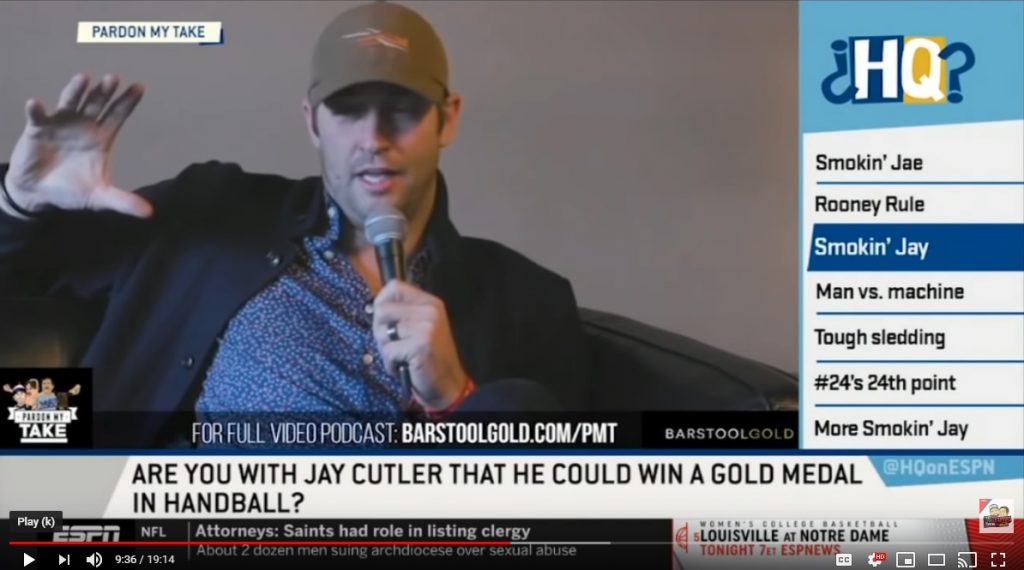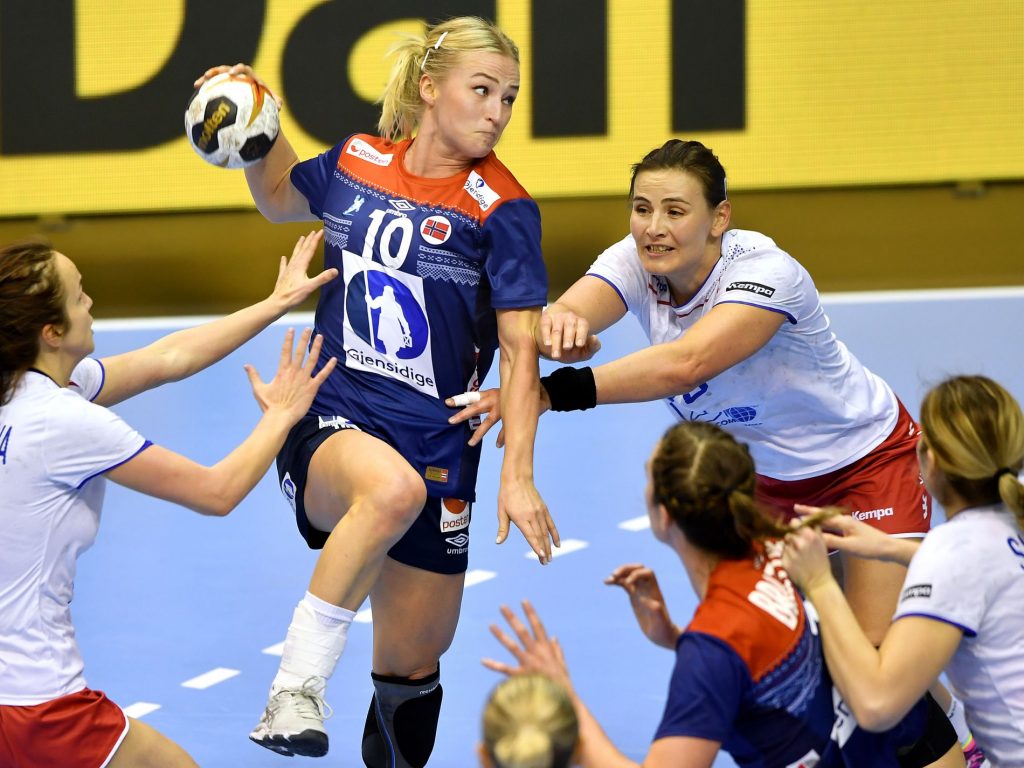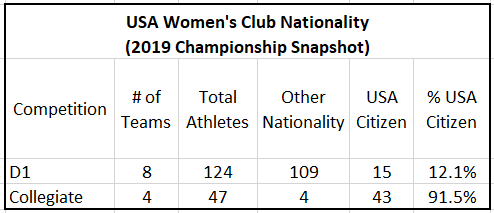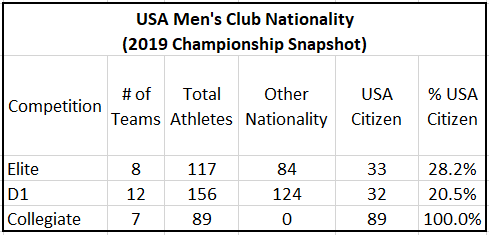
This is part of an ongoing series: Link
A Bit of History (Sometimes Tilting at Windmills Actually Works)
Long time readers will know that I’ve linked to one particular commentary on several occasions.
U.S. National Team Plans (Part 6): Federation Planning: Right Idea, Flawed Execution, Time to Right the Ship: Link
Way back in 2012, the USOPC sponsored a Strategic Planning meeting in Salt Lake City and the outcome of that meeting was… well, it was pretty much nothing. Lots of fine discussion, but unfortunately no follow through. No strategic plan was ever developed. Not that I didn’t valiantly try to engage leadership, but such pleas fell on deaf ears. Instead short term plans went forward without much thought in terms of the long term direction of USA Team Handball. Or, if there was such “thought” it went totally undocumented.
I kept hammering away at this discrepancy every chance I could and eventually in 2018 USA Team Handball decided to draft a Strategic Plan. I really don’t know whether my hammering actually contributed to that happening, but I like to think that it did. Regardless that document exists and is available here: Link
I even participated briefly in the plan’s development. Not as much as I would have liked, but at least I got to attend one meeting and influence its development. Here’s a commentary on the plan that I wrote back in 2018: Link
Note: The Board of Directors met in October 2019 to review and update the 2018 document and I was informed in February that the Board is currently review the final edits on that update
In addition to this strategic plan a separate College Strategic Plan has also been developed: Link
Background on Strategic Planning
When it comes to strategic planning there are often misconceptions as to what it is intended to accomplish. First and foremost, strategic plans are intended to be… well, strategic. They are not tactical. This means that they look at the big picture and attempt to define what are the mid to long term goals and objectives and some top level actions that should be taken to achieve those goals and objectives. It’s not a detailed plan of action but the guiding document used to develop such plans. So, one shouldn’t complain if a strategic plan lacks the detail needed to go out in take specific actions. In fact, it’s more appropriate to complain if a strategic plan is too detailed and solution specific.
The USA Team Handball Strategic Plan (An Overview)
As I alluded to in my commentary that was written shortly after it was released I have some issues with its structure and content. It’s too detailed (solution specific) in some instances and in some cases (youth development, beach handball) its discussion is too sparse. Parts of the document also seem a bit misplaced in that some very near term actions (e.g. staff hires) are spelled out, making the document more of a plan of action, rather than strategic guidance. As such, I’ve decided to distill the more strategic aspects of the document into some broad areas for further analysis. Those areas are 1) National Team Performance; 2) College Development; 3) Marketing and 4) Fundraising
1) National Team Performance
National team performance is referenced in several areas of the document and is most closely associated with the fourth focus area, “Organizational and Competitive Excellence”. Two items (C and E) are closely related to National Team Plans
C. Develop national team training and competition plan for Olympic, Pan American and World Championship Qualifications.
-
- i. Set competition goals and objectives.
- ii. Establish talent acquisition pipeline.
- iii. Develop national team training schedule.
- iv. Develop national team competition plan.
- v. Determine national team training site
On the surface these items seem fairly straight forward, but the “devil is in the details”. In particular, the U.S. has struggled in the past to simply define what a “talent acquisition pipeline” is, let alone establish one. The brief mention of a “national team training site” also needs to be fully defined as the simple item is wide open to interpretation. On one extreme it could be a full blown residency program and on the other extreme it could simply be a location for the national team to train for a week or two prior to major competitions.
E. Initiate Project France
-
- i. A project of USA Team Handball, International Handball Federation, and the France Handball Federation.
- ii. The project places USA Team Handball athletes (together as a team) into the French Handball League for regular competition.
- iii. The French Handball Federation has made an initial invitation for the team to begin competition in September of 2019.
- iv. National team athletes benefit through increased playing experience and competition.
- v. The national team program gains opportunity to develop as a unit and compete against international teams during national team weeks that are set aside in the European club system.
- vi. Project France is seen as a recruitment tool for university level athletes interested in advancing their athletic careers.
I personally see a lot of potential with an overseas effort like this. Indeed, back in 2014 I outlined a similar concept. However, this is a very solution specific concept and it is very misplaced to include it as part of a strategic document. For certain, it needs to be further assessed and compared with other possible actions before it is implemented.
Target Outcomes:
On the right hand side of page 6 there are several very specific target outcomes related to National Team Performance.
- Qualify for the 2019 PANAM Games (Accomplished: Men and Women)
- Top 4 Finish at 2019 PANAM Games (Partially Accomplished: Women: 4th; Men: 6th)
- Hire Technical Director (3rd Qtr 2019) (Accomplished: Stefan Olsson)
- Begin “Project France” (3rd Qtr 2019) (an effort that would see a U.S. team playing as a unit in a French league)
- Qualify for the IHF World Championships by 2024
- Top 12 Finish at IHF World Championships by 2024
- Top 2 finish at 2023 PANAM Games
- Qualify for the 2024 Olympic Games
- Top 2 finish at 2027 PANAM Games
- Top 6 finish at 2028 Olympic Games
I won’t go into detail as regards to the feasibility of these targets, but suffice to say some very realistic expectations were set for 2019, but the targets for the outer years are very ambitious.
Elite Athlete (Appendix A)
Appendix A provides additional detail and targets for select topics from year to year. One target block is entitled “Elite Athletes” and it’s envisioned that both the Men’s and Women’s programs will have 40 athletes identified as elite and that the definition of elite athlete will continue to evolve, which I presume to mean that the elite will become more elite. Additionally it’s desired to have a greater percentage of these athletes coming from our improving college programs.
That’s a top level review of USA Team Handball’s Strategic plan and a closer look at what’s desired in terms on National Team Performance. Part 2 will take a closer look at “College Development”































